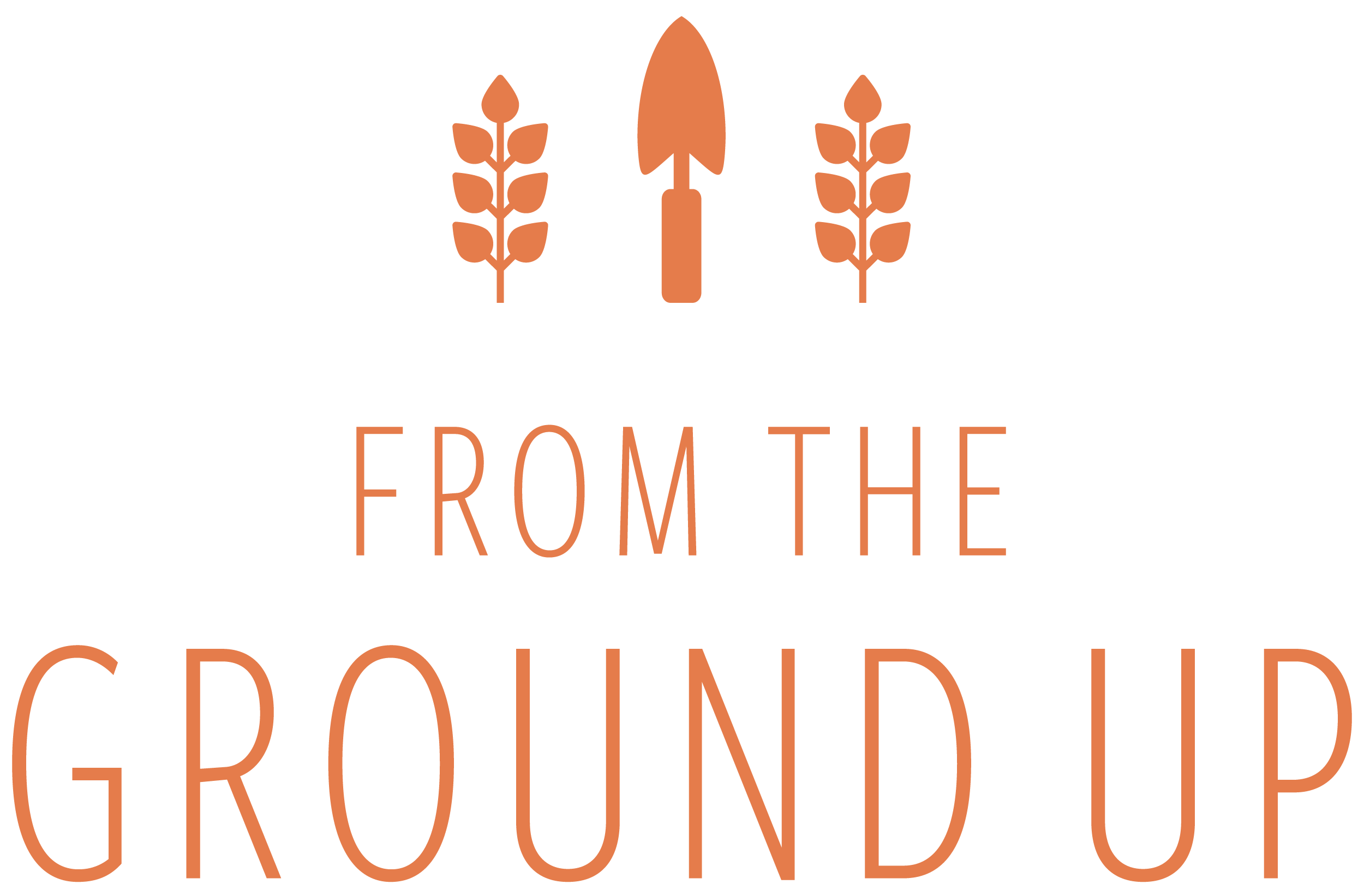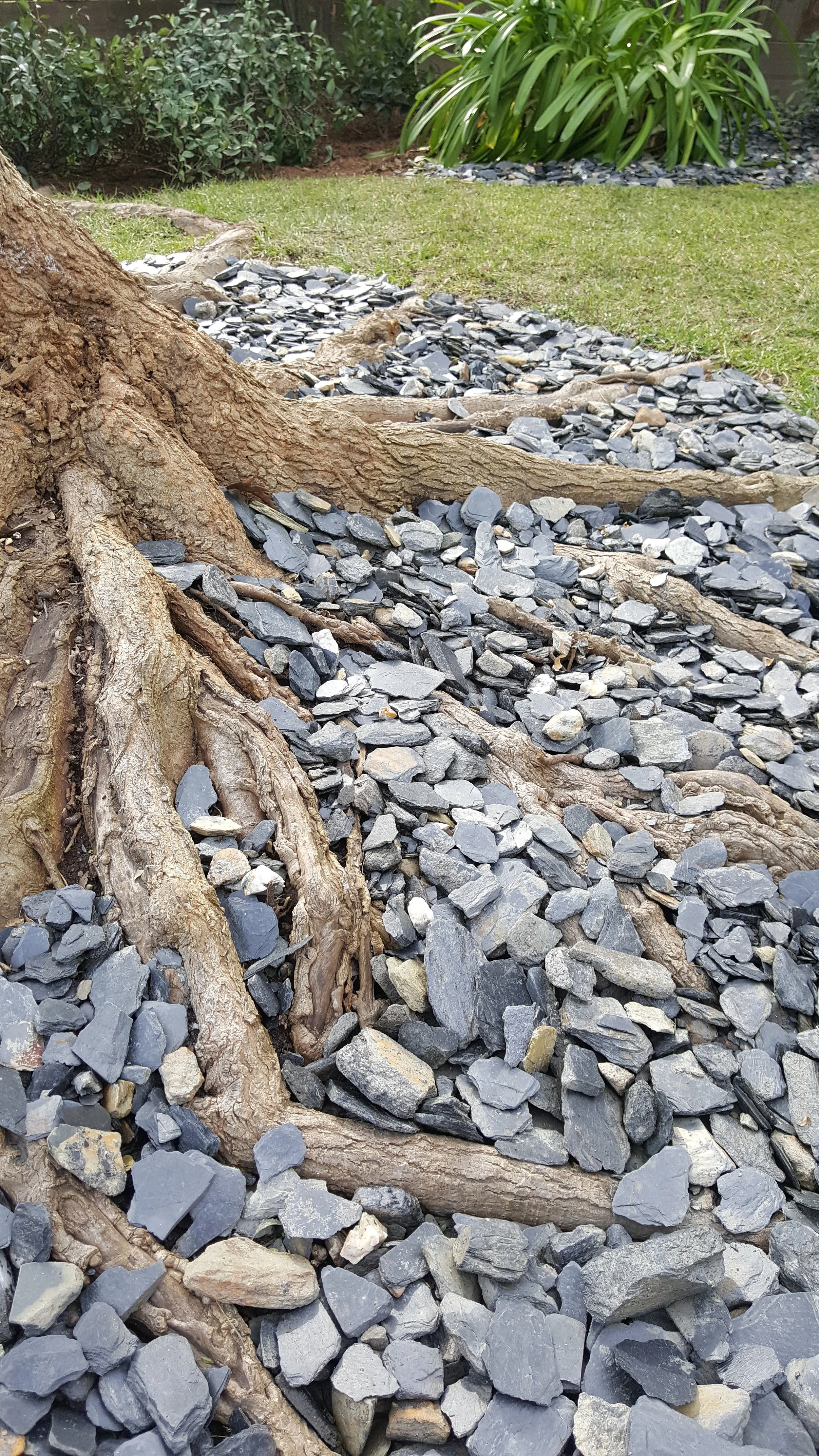Winter Plant Prep
Winter Plant Prep for a Low-Maintenance Spring
Here in Sonoma County, winter may seem like a quiet season for gardening. It’s actually the perfect time to get your yard ready for a smooth and easy spring. By putting in a bit of work now, you can get a jumpstart on an amazing growing season. Here’s a few winter gardening tasks you can sneak in between rain showers.
Improving Your Soil and Adding Mulch
Your garden’s foundation is its soil. There is really nothing like the smell of fresh turned soil. With all of the rain we’re having here in the Bay Area this is the perfect time to sneak out into the garden. Using a garden fork I lift the soil and mix it with a fresh shovel full of compost. If there are any clumps of roots from last years plants they go in the compost bin. After each bed is ready I add a straw mulch to help keep the soil warm and slow down any future rains from leeching out the nutrients in the soil. It’s incredible to see these fresh beds just waiting for the vegetables and flowers to come in a couple of months.
Healthy soil is the key to strong, low-maintenance plants, here are a few things you can be doing in your garden now:
What to Do:
Test your soil: Using a simple soil test kit, you can find out its pH level and nutrient content. This helps you understand what amendments it might need.
Add compost: A layer of compost enriches the soil, adding organic matter that will nourish your plants in the spring.
Apply mulch: Spread mulch over the soil. This helps retain moisture, suppress weeds, and insulate roots from the cold. Over time, organic mulch like bark chips or straw will break down, further improving the soil.
Fix drainage issues: Look for places where water collects and improve the drainage. Good drainage prevents root rot and makes plant care easier.
Assess What Worked and What Needs Replacing
Winter is the perfect opportunity to review last year’s garden. If you’re anything like I am this is the time of year I’m the most critical of my garden. Winter really shows us where the “holes” in our landscape are and give us the time to reflect on what we would do differently this year. For example, I added a new raised bed last year and in my excitement over planted it. The corn and beans didn’t get much of a chance but the sunflowers and zucchini thrived. This year I’m debating making it into a cut flower bed or maybe a tomato and basil companion planting.
Lets think about what plants did well, which ones struggled, and which areas of your yard required the most upkeep.
Things to Consider:
Successful plants: Which plants thrived? These are good choices to keep or expand. What plants did you enjoy most each season?
Problem areas: Where did you face challenges? Maybe certain plants needed too much water or didn’t adapt well to the soil.
Grouping plants: Look for spots where plants with different water needs were placed together. Separating them makes watering more efficient.
New ideas: Are there any plants or layouts you’ve been wanting to try? Make a wish list so you can plan ahead.
By reflecting on these questions, you can choose plants that are better suited to your yard’s conditions, helping you avoid maintenance headaches in the future.
Irrigation and Fertilizer Prep
A reliable irrigation system and proper nutrients can make all the difference in keeping a garden healthy and low-maintenance.
Key Steps:
Check your drip system: Inspect the lines for leaks, blockages, or damage. Fix these now so you don’t run into issues later.
Add slow-release fertilizer: Placing fertilizer near drip emitters ensures that plants get consistent nutrients when they need them.
Upgrade as needed: If you don’t already have drip irrigation, consider installing it. Drip systems deliver water directly to the roots, which reduces waste and promotes healthier growth.
Use timers and sensors: Timers and moisture sensors can automate watering schedules, making your garden more self-sufficient.
Plan watering zones: Group plants by their water needs. Keeping drought-tolerant plants separate from thirstier ones simplifies irrigation and reduces water use.
Winter is more than just a break from growing—it’s a chance to set the stage for a beautiful, stress-free spring. By improving soil health, choosing plants thoughtfully, and fine-tuning your irrigation system, you can enjoy a thriving garden with minimal effort. Make the most of this season, and you’ll thank yourself once the warmer months arrive.







